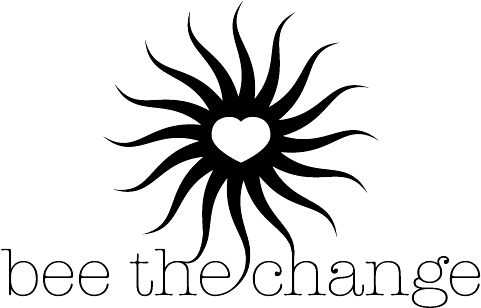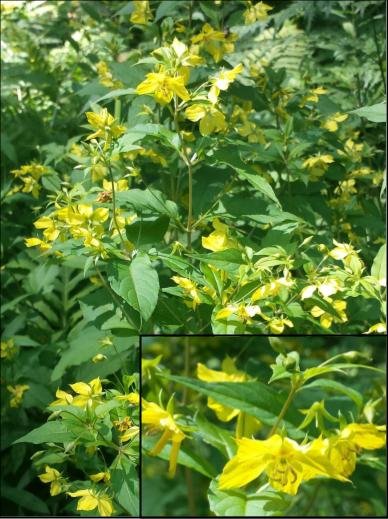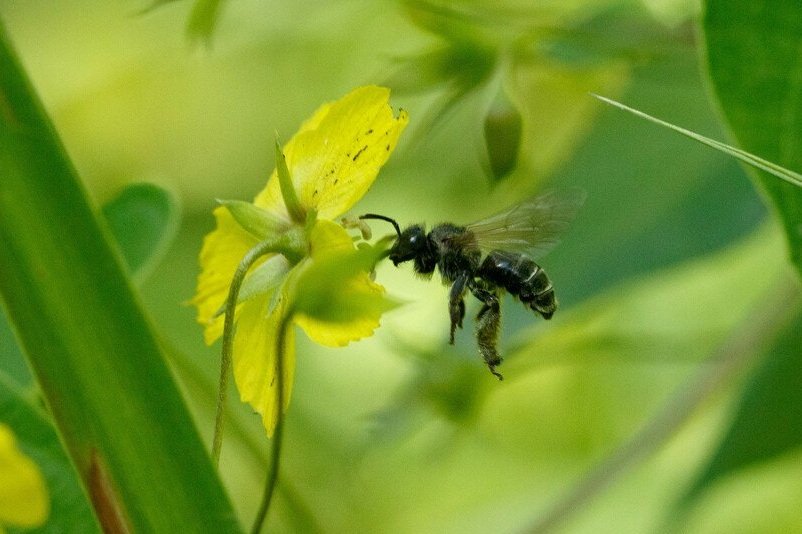‘native plus’ planting
how to plant for
the species in need
As you learn that pollinators are in decline, you might ask “how can I help?”. After doing a bit of research or going to your local plant nursery the classic next step is to try and plant what is native in your state. Yes, a lot of ‘VT native’ plants are great and will support a wide variety of pollinators in your area. But these plants tend to be geared towards the generalists, so what about the pollinators that are specialists and have evolved a relationship with either a few or even one individual plant species?
We are taking a planting approach called ‘native plus’, where we are planting what is native to the region ‘plus’ gearing towards those specialized pollinators. But particularly the ones that are in extreme decline and in need of our undivided attention.
Fringed Loosestrife (L.ciliata) ©TomNorton-inaturalist
Whorled Loosestrife (L.quadrifolia) ©mjpapay-inaturalist
Swamp Candles (L.terrestris) ©samwilhelm-inaturalist
A prime example are the Loosestrife Bees (genus Macropis) who are among the rarest bees in the northeast, and featured in the VT Center for Ecostudies wild bee study. Like their name hints at, they’re dependent on the native loosestrife plants (genus Lysimachia). But not all loosestrife species are helpful, recent records are associated with L.ciliata, though L.quadrifolia and L.terrestris are also used. The planting of these species will allow Macropis bees to begin their restoration journey, specifically M.nuda and M.patellata who are found in Vermont.
Diet
As adults, Macropis bees feed on nectar from a wide variety of flowers. However, they forage the floral oils from loosestrife and use it to waterproof their nest and to feed the larvae instead of nectar.
Habitat
Macropis bees are solitary bees and ground nesters. They prefer well-drained soils, or banks with some plant cover to conceal their nest entrances. Their nests are shallow, only a few centimeters deep but often in large aggregations. They are only found where plants of the Lysimachia genus are growing.
What else can I do?
To learn more about threatened bee species in the state of Vermont, and what you might be able to do to help them out. Please visit and read Vermont Center for Ecostudies ‘Vermont Wild Bee Study’ https://stateofbees.vtatlasoflife.org/
Dark-legged Yellow Loosestrife Bee (M.nuda) ©JohnKlymko-inaturalist
Patellate Yellow Loosestrife Bee (M.patellata) ©MaxMcCarthy-inaturalist





